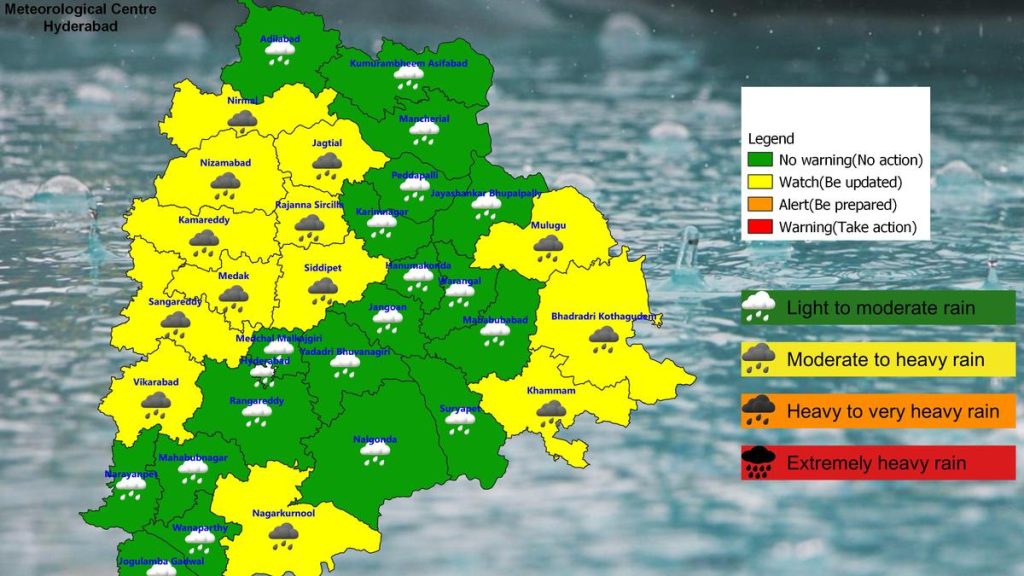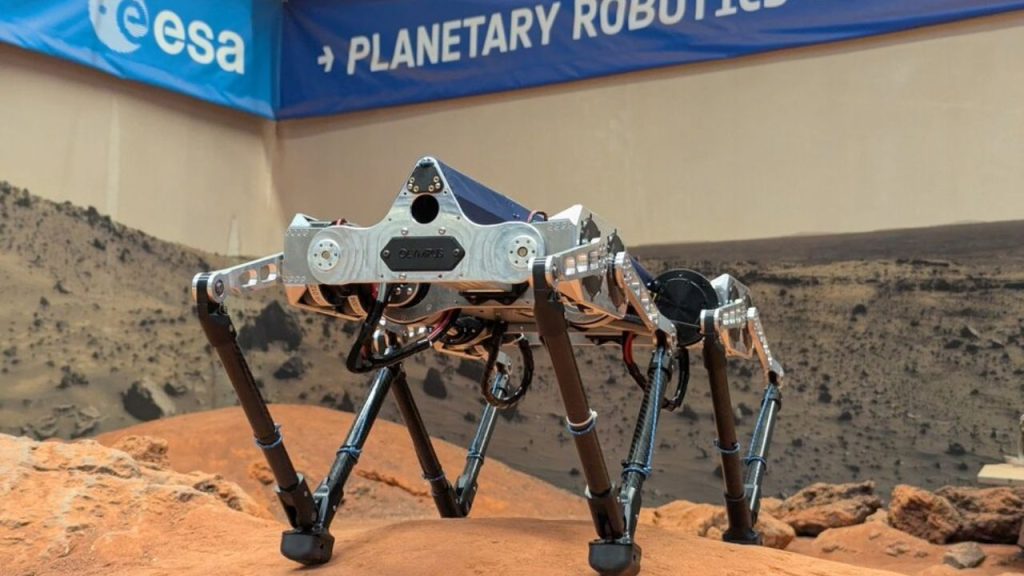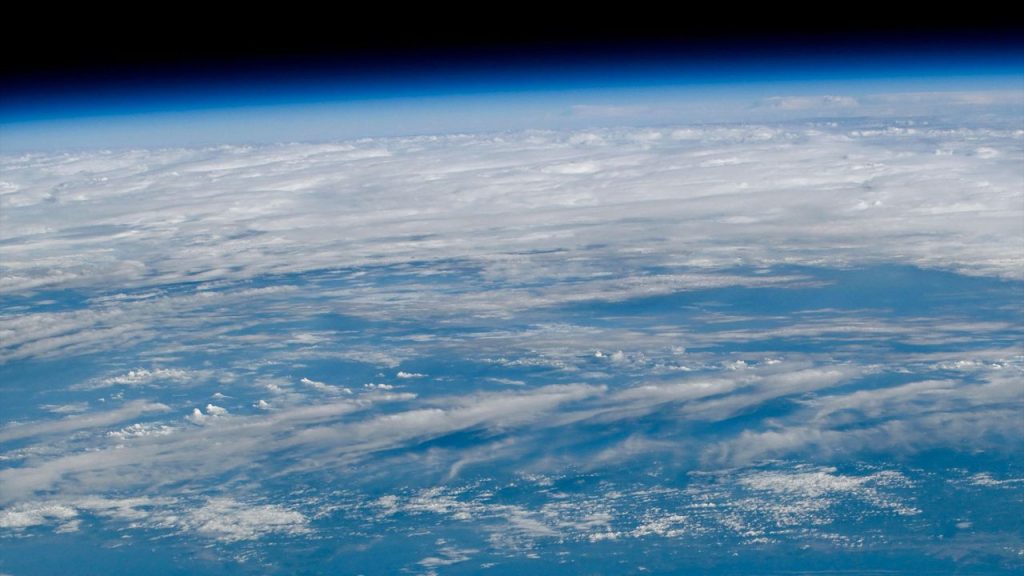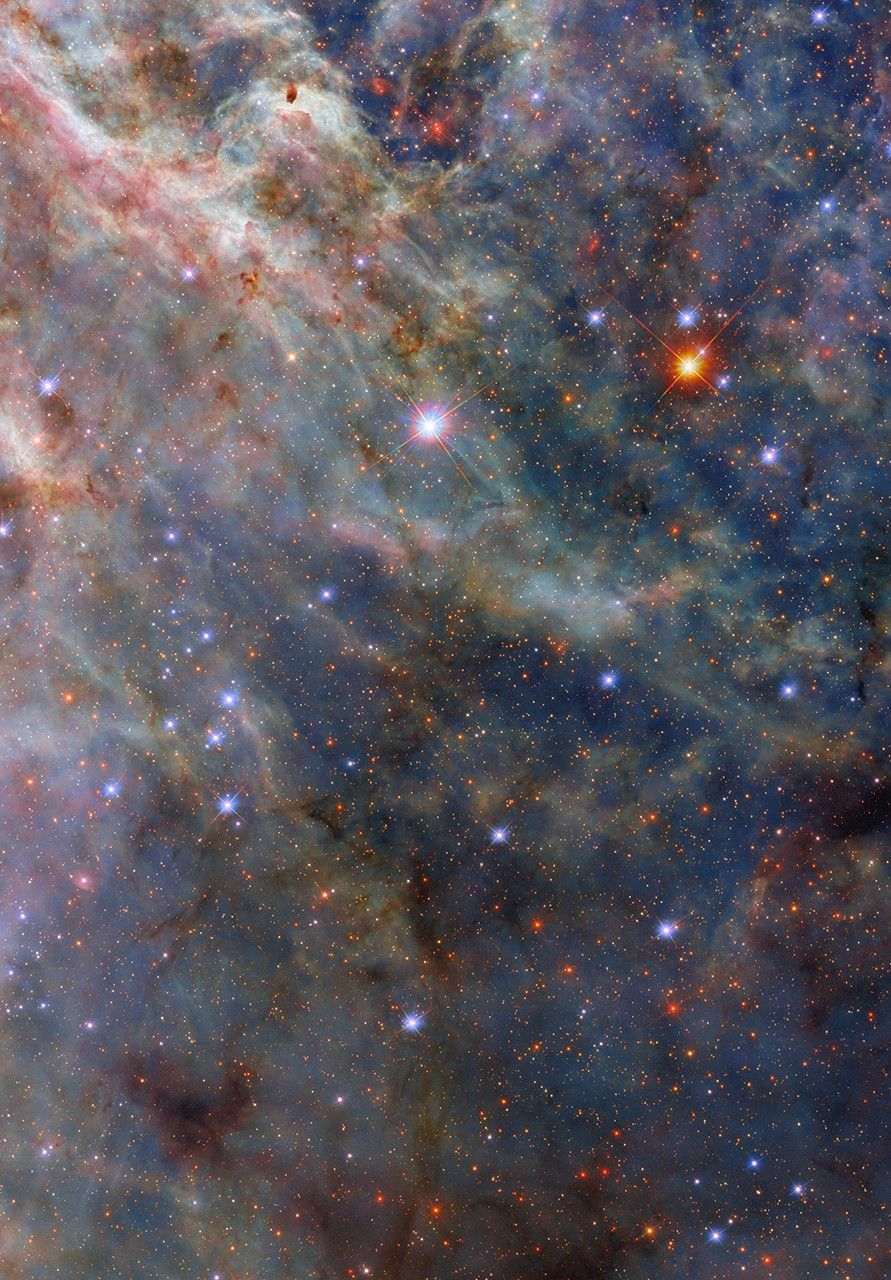Now Reading: Webb Captures Exoplanet Candidate in Alpha Centauri’s Habitable Zone
-
01
Webb Captures Exoplanet Candidate in Alpha Centauri’s Habitable Zone
Webb Captures Exoplanet Candidate in Alpha Centauri’s Habitable Zone
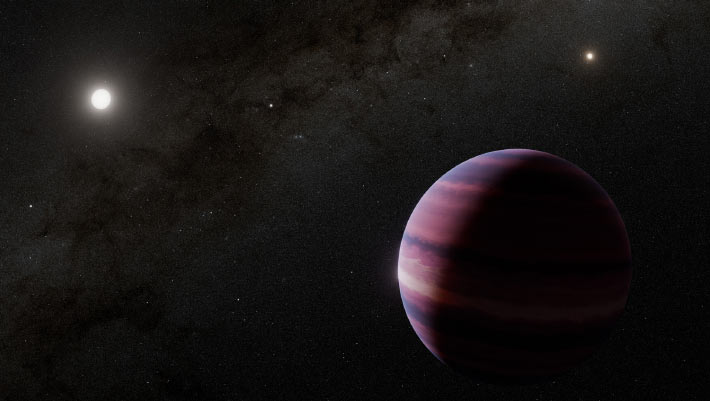
Fast Summary
- Astronomers identified a potential gas giant, Alpha Centauri Ab, orbiting Alpha Centauri A in the habitable zone, at 1-2 times the Earth-Sun distance. It is unlikely to support life due to its composition.
- Located in the closest stellar system to Earth (Alpha Centauri), approximately 4.35 light-years away.
- This is part of a binary system comprising Alpha Centauri A (G2-type star) and B (K1-type star), along with Proxima Centauri.
- Observations began in August 2024 using Webb’s MIRI instrument; an object considerably fainter than alpha Centauri A was detected.
- Follow-up observations in February and April 2025 did not confirm earlier data, indicating difficulty observing its orbit due to proximity to Alpha Centauri A’s brightness or changes in orbital positions.
- Simulations suggest it may resemble Saturn and be gravitationally stable despite orbiting within such a complex binary-star environment.
- The revelation could advance our understanding of exoplanets near chaotic stellar systems if further confirmed.
!141252-Alpha-Centauri-Ab.jpg”>Alpha Centauri system as observed through various instruments
Indian Opinion Analysis
this potential discovery marks an exciting step forward for global astronomical science as it brings researchers closer to planet systems neighboring Earth. Its meaning lies both scientifically-in expanding knowledge about planetary formation amidst dual-star dynamics-and strategically as close-range celestial targets become more accessible for detailed studies by observatories like JWST. For India, growing investments into space exploration programs under ISRO could open doors for collaborative international contributions toward such pivotal research efforts.
While this specific planet does not sustain life or immediate utility from practical exploration standpoints, discoveries near such proximity highlight areas where India could align itself with global science missions focused on interstellar studies that deepen humanity’s understanding of broader cosmic conditions influencing Earth’s environment and beyond.


